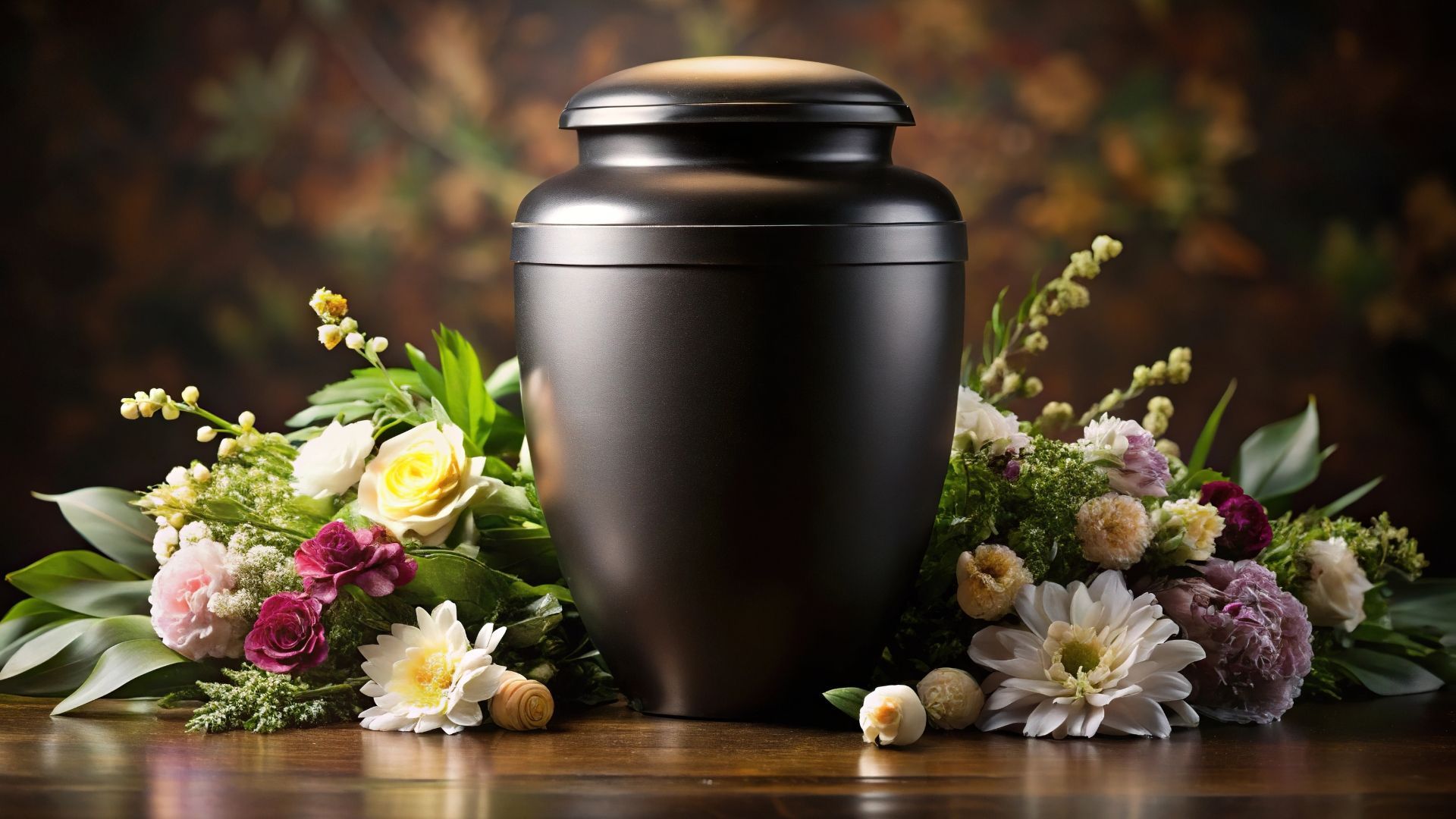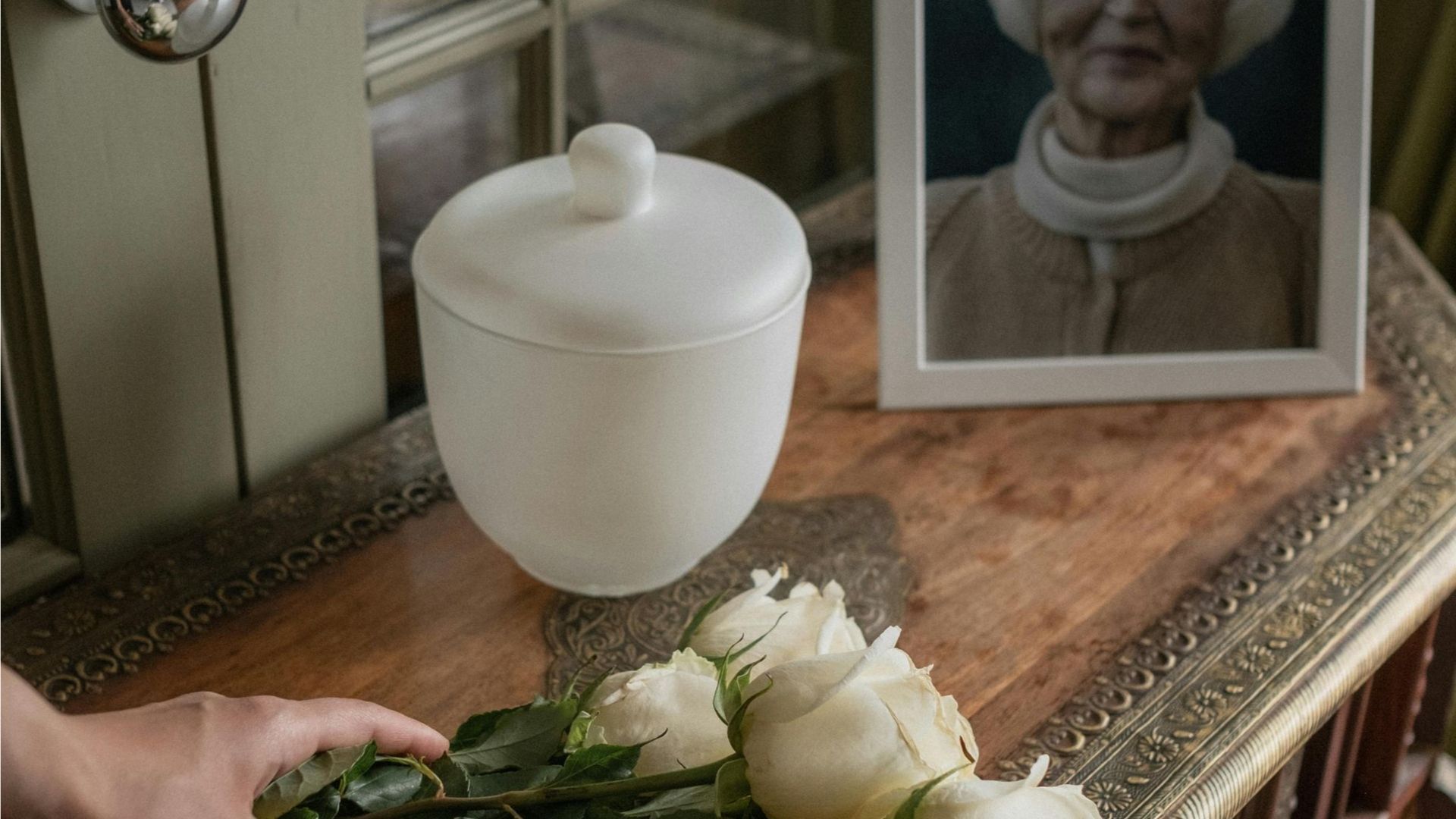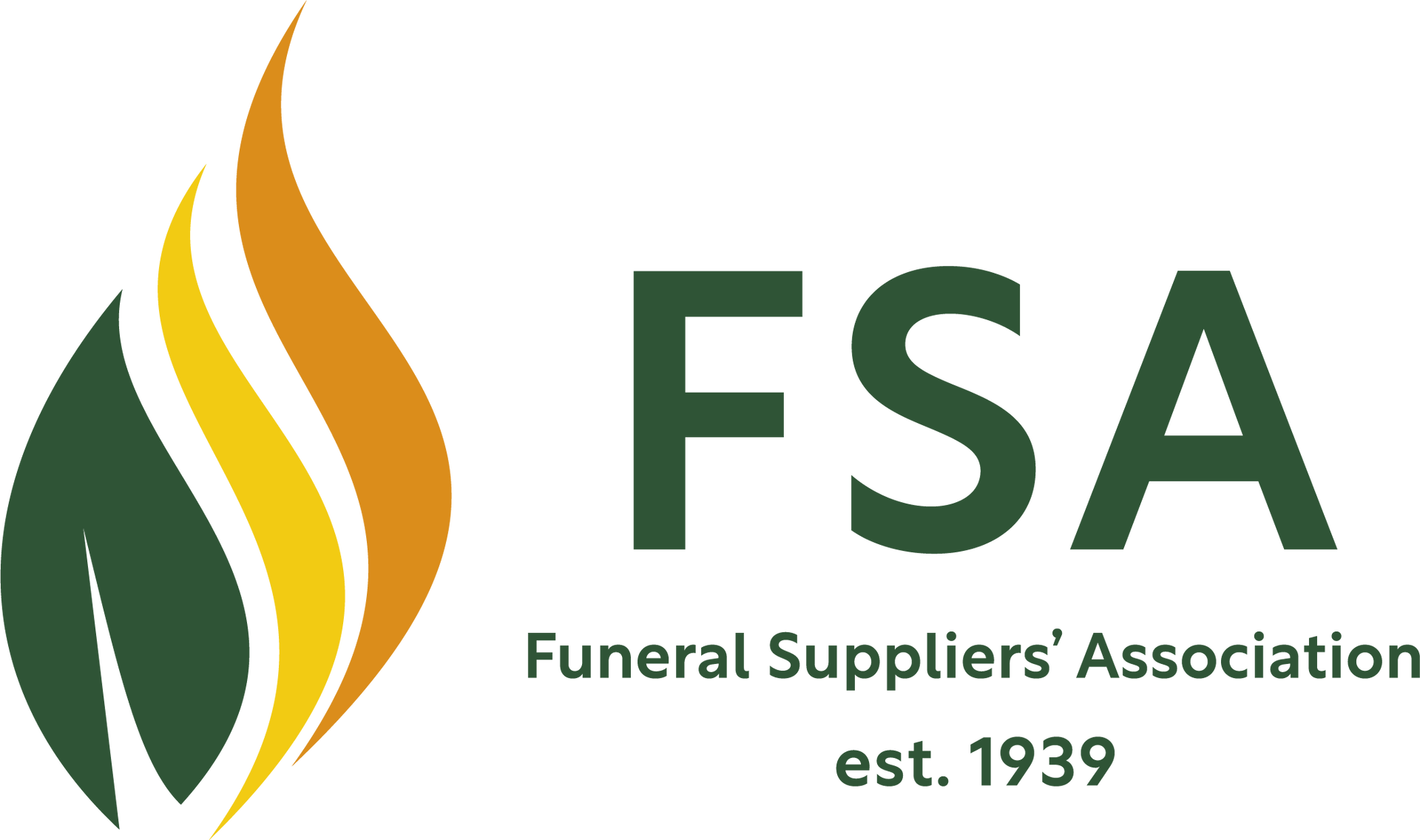Alternative types of funerals: terramation, aquamation and more
The last few years have seen a rise in alternatives to burial and cremation. Learn about 7 of them.

For many years, there have been two main types of funerals in the UK: coffin burial and cremation. In recent years, however, alternative types of funerals have been introduced.
It's partly because relatives and funeral providers are looking for more environmentally friendly ways to deal with death. It's also to give loved ones more choice over the way the person who has died is put to rest.
In this article, we take a look at seven alternative types of funerals.
Note that the information in this article focuses on the laws and regulations in England. Please check the details if you live in another part of the UK.
1. Aquamation
Aquamation uses water and a small quantity of alkaline chemicals to break down a person's body. After three to four hours in a steel container, only the bones are left. These are then ground down to a fine white powder and given to the family in an urn.
The result is much the same as furnace cremation. The key advantage is that aquamation uses about one-eighth of the energy and produces no greenhouse gases.
Aquamation – also known as resomation – is legal and available in the USA, Canada and South Africa. It came into the public eye when Archbishop Desmond Tutu was aquamated in South Africa in 2022.
In 2023, Co-op Funeralcare
announced it would introduce aquamation in the UK.
2. Burial at sea
Every year, around a dozen people are buried at sea off the British Isles. Most are former sailors or navy personnel. But anyone can be buried at sea – so long as the person arranging the burial has a licence from the Marine Management Organisation (MMO).
The full regulations are on the
government website. Key regulations include the need for a doctor's certificate saying the body is uninfected. Special coffins and clothing are also required.
Burials at sea can be organised through some funeral directors and through the Maritime Volunteer Service.
It can be a moving way to bury someone who had a strong connection to the sea, whether through work or not.

There are three approved burial sites at sea off the coasts of England:
- Between Newhaven and Hastings in East Sussex
- Off the Needles in the Isle of Wight
- Off Tynemouth, North Tyneside.
It's possible to be buried at sea elsewhere, but the approval process is much more difficult.
Famous people buried at sea include Francis Drake, Sir Edmund Hillary and Janis Joplin.
3. Woodland burial
As the name suggests, a woodland burial is where a person is buried in a woodland rather than a traditional cemetery.
People choose woodland burials for different reasons. Often, it's because they want to reduce the environmental impact of the burial. It can also be because the person who died had a close relationship to a specific location or to nature in general.
Woodland burial sites have different rules and services. This means it's essential to do your research before arranging one. Some sites, for instance, allow plaques of remembrance, while others don't.
4. Funeral tree pods
Woodland burials have been around in the UK since the 1990s. Funeral tree pods are a recent trend that takes them a step further.
A person's body is placed in a large "eco pod" made from natural materials. This egg-shaped, biodegradable coffin is then buried and a tree is planted on top. Like woodland burials, funeral tree pods have a low environmental impact and can be suitable for people who had a close connection to nature.
Funeral tree pods are available in the UK through some funeral providers.
5. Home burials
Home burial is a legal option, so long as you follow the government's guidelines. If you want a home burial for yourself or another person, you first need to be sure that you own the freehold (the land the home is built on) and not just the leasehold (the home but not the land).

Another thing to consider is whether you have any plans to sell the home or whether you expect it to be sold after your own death. This is because the burial has to be registered on the deeds, which can reduce the value of the property.
Despite these factors, some people feel that a home burial is the most fitting way to put a loved one to rest.
6. Terramation
Terramation, or human composting, involves placing a person's body into a coffin with wood chips, straw and alfalfa (a flowering plant). After 30 days, the body is reduced to compost, which can then be used to grow trees and plants.
Supporters of terramation point out that it's good for the environment compared to cremation. Recompose, a firm in America, says it
saves up to 1.4 tonnes of carbon dioxide.
At the time of writing, human composting is illegal in the UK. This is because there are strict rules about where and how bodies can be disposed of. It's legal in some US states.
7. DIY funerals
A DIY funeral is one done without the help of a funeral director.
DIY funerals tend to be much cheaper than traditional funerals. This can be an appealing option, especially if the person who died didn't leave money for their funeral. They can also be less formal.
These benefits, however, need to be balanced against the time and effort it takes to plan a funeral.
The person's body has to be taken care of. The service has to be arranged. The cremation has to be booked. Legal paperwork has to be signed. Invitations have to be sent and transport arranged for guests.
For many, this is too much work and they prefer to pay a funeral director to do these jobs for them. Others see it as a fitting way of paying tribute to the person who has died that's worth the time and effort.
At Treasured Moments, we create beautiful and bespoke
memorial websites for loved ones. Why not take a look at our
tribute examples – or request your own memorial by
getting in touch with our friendly UK team?
*Treasured Moments tribute pages are designed to remain online in perpetuity. However, in certain circumstances, such as cessation of business and takedown requests, this may not be possible.
All Rights Reserved | Tresured Moments | Part of My Digital Hero Consulting LTD











